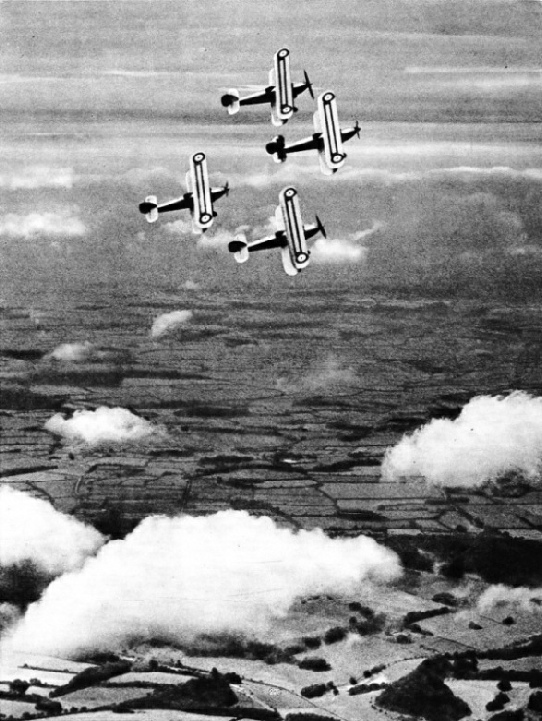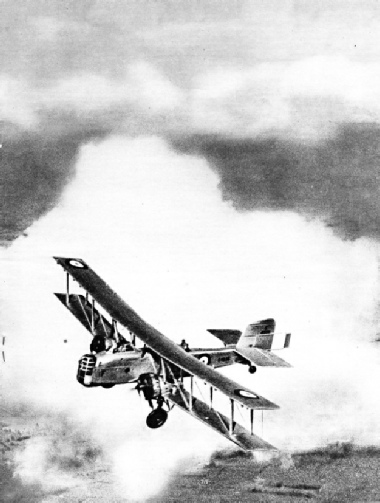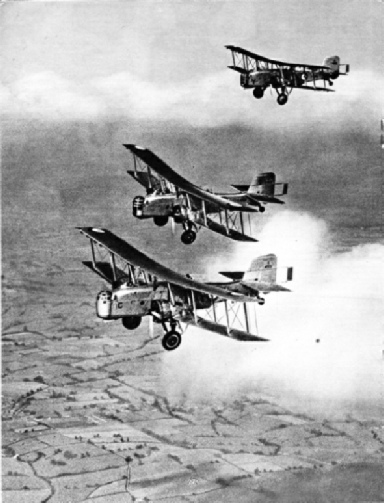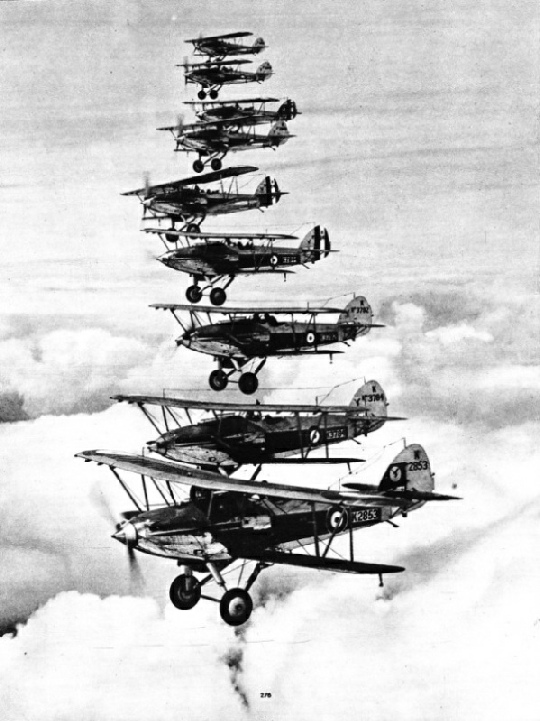
© Wonders of World Aviation 2015-


Part 10 of Wonders of World Aviation was published on Tuesday 10th May 1938, price 7d.
This part included a central photogravure supplement showing formation flying. This section illustrates the article on Formation Flying.
The Cover
Our cover photograph this week shows the wings and engines of the Imperial Airways liner Scylla. Details of the Scylla will be found in the chapter “From Balloons to Flying Boats” in this week’s Part.
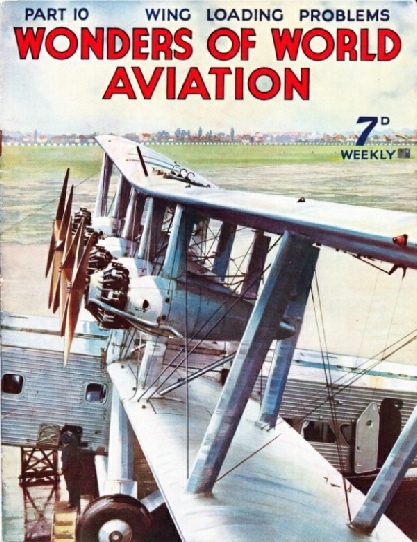
Contents of Part 10
Soviet Arctic Aviation (Part 2)
Nearly half the territory of the Union of Soviet Socialist Republics lies north of the 62nd parallel, and this vast area is being developed with the aid of the aeroplane. This chapter is concluded from part 9.
Short Brothers: From Balloons to Flying Boats
Outstanding designs by Short Brothers, the famous aircraft builders of Rochester, Kent. One of the oldest established firms of aircraft designers and builders in Great Britain is Short Brothers. In 1909 the firm built six biplanes for Wilbur and Orville Wright. This chapter describes many of the famous types of aircraft produced by Short Brothers since the appearance of the Short No. 1 biplane of 1909.
The values of various aeroplane groupings in times of peace and war. War flying was responsible for the introduction of formation flying on a large scale. All formations in the air are built up on the foundations provided by a leader and a sub-
Formation Flying Photogravure Supplement - 2
TWIN-ENGINED BOMBERS IN FORMATION FLIGHT. These Boulton Paul Overstrand aircraft are fitted with Bristol Pegasus II nine-cylinder radial engines. A feature of this type of machine is the gun-turret in the nose, which completely encloses the gunner and thus affords him protection from the force of the wind. Overstrands were designed in two types, one of which had a mechanically-operated gun-turret that could be trained in the direction desired without any manual exertion.
Formation Flying
Photogravure Supplement
A FLIGHT OF HAWKER FURY AIRCRAFT in close formation. The aircraft are single-seaters. The leader in such circumstances flies well below his maximum speed, so that the other pilots may have ample reserve of power to catch up when necessary to maintain their position. Close formation flying calls for continual “juggling” with the throttle, and the pilots have to beware of opening up too much or shutting down too suddenly, to avoid making the formation appear ragged.
Formation Flying
Photogravure Supplement - 3
A SQUADRON IN CLOSE FORMATION. The machines are Hawker Demons, fitted with Rolls-Royce Kestrel V supercharged engines. The aircraft are two-seater fighters. Formation drill, which consists in changing from one type of formation to another, is essentially a parade or practice manoeuvre. Open formations would be adopted in time of war, one of the reasons being that damage by anti-aircraft guns would be less likely to prove extensive than if the machines were in close formation.
Cobham’s Pioneer Empire Flights -
Exploratory air journeys to and from Rangoon, the Cape and Australia undertaken by Sir Alan Cobham. On November 20, 1924, he set out on the first of his remarkable series of long-
Wing Loading Problems
Developments which relate efficiency to economy. The wing loading of an aeroplane is a figure obtained by dividing the weight of the machine by the area of its main planes. Wing loadings have shown a constant tendency to increase. Before 1914 a wing loading of 10 lb per square foot of wing was considered high, but more recently biplanes have been loaded up to 18 or 20 lb per square foot. With monoplanes it is possible to go to much higher loadings. This chapter discusses all aspects of wing loading problems.
New Guinea Gold (Part 1)
How mining has been rapidly developed in inaccessible country by air transport. Commercial aviation has no romance greater than that of the opening up by aircraft of the goldfields in the Mandated Territory of New Guinea. Daring, skilful pilots, in collaboration with mining experts, defeated mountains, jungle, cannibal tribes and country that defied other means of transport. This chapter is concluded in part 11.
